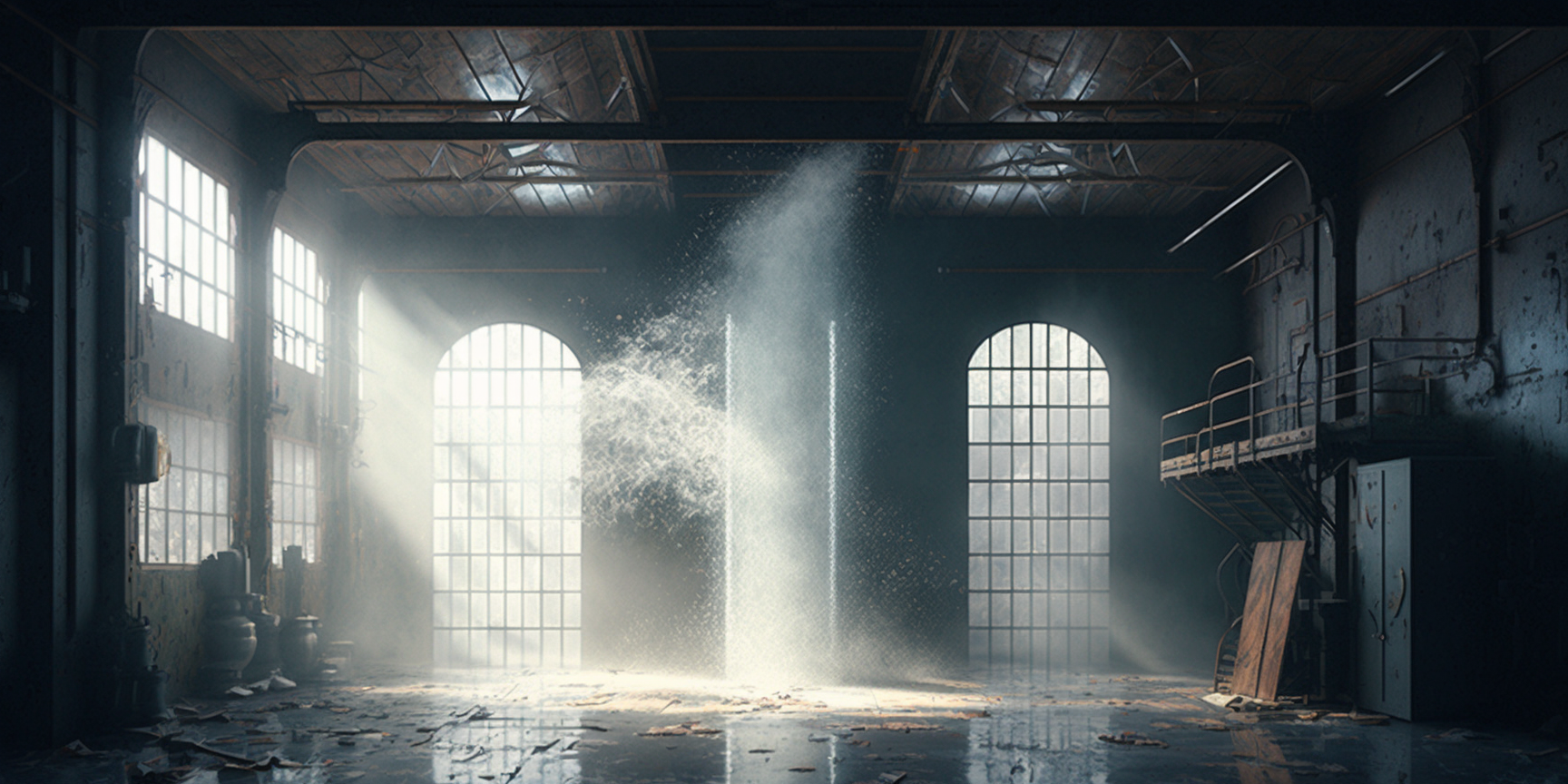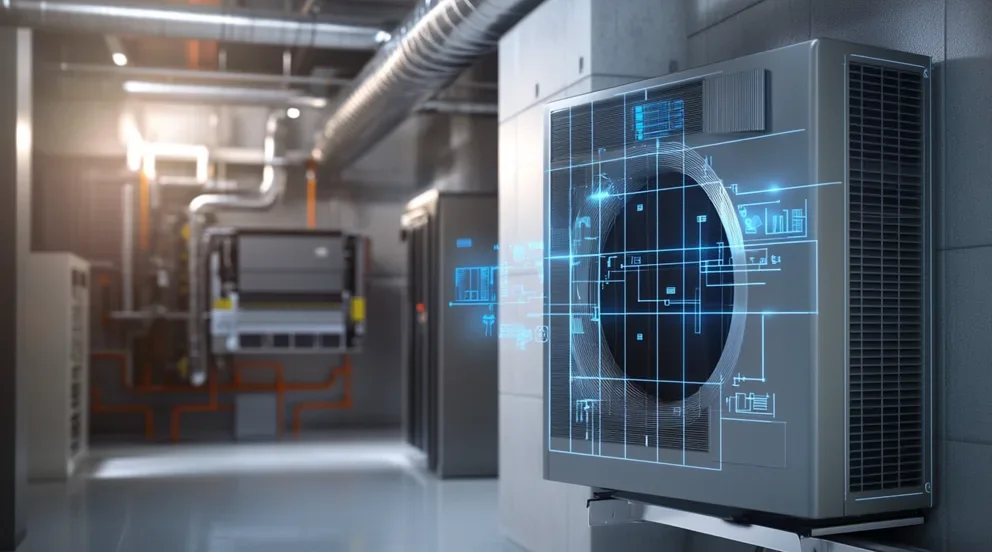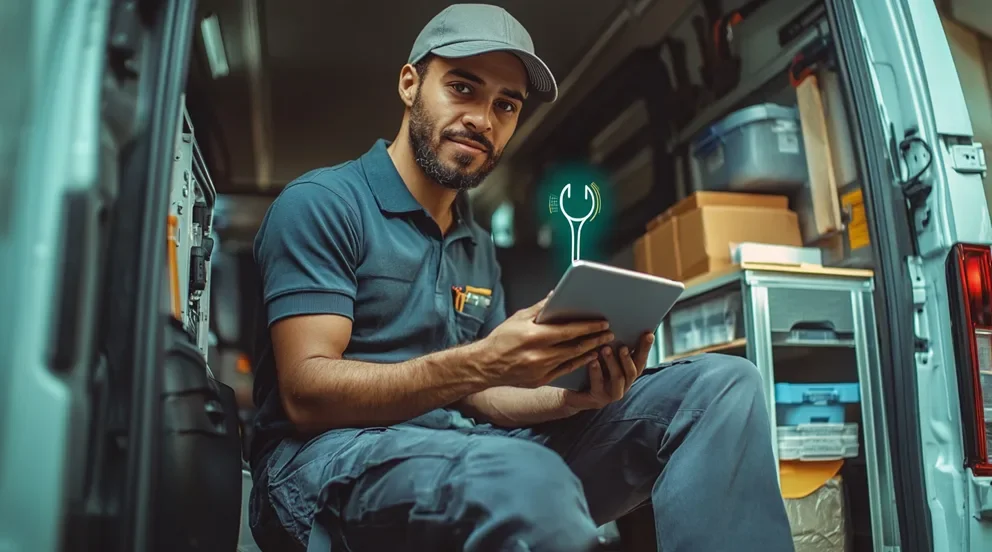Temporary fire sprinkler systems are an effective and cost-efficient way to protect people, property, and assets from the dangers of fire. The system consists of a network of pipes connected to a mains water supply, with strategically placed sprinklers that spray out water when needed. A number of factors must be taken into consideration when setting up a temporary fire sprinkler system, such as the size of the area to be protected, potential sources of fuel for a fire, and any local regulations or health and safety standards that need to be complied with.
When installing a temporary fire sprinkler system, there are several considerations to weigh. Combustible items such as insulation require larger piping and more frequent sprinklers than non-combustible materials like concrete or brickwork. It is also essential to identify any potential hazards within the space, such as objects blocking access or electrical wires close by, so that the system can effectively guard against fire at all times. Additionally, since fires can spread rapidly through combustible substances, it is recommended to install larger pipes and more sprinklers in these spaces for optimal protection.
Once installed, regular inspections should be carried out by qualified personnel, in order to guarantee that all components are functioning correctly according to regulations. This helps to ensure that no faults develop which might impair its effectiveness or put people’s safety at risk during an emergency. Furthermore, it is important to keep abreast of any changes in local regulations regarding hose-fed systems so that these can be incorporated into any maintenance checks.
A temporary fire sprinkler system is an invaluable tool for protecting against fires in short-term applications such as construction sites or events where full installation would not be feasible. It is essential that proper precautions are taken when installing it and regular maintenance checks are carried out thereafter in order for it to provide optimal protection from potential danger.
Components of Temporary Sprinkler System
A Temporary Fire Sprinkler System consists of several components designed to respond quickly in the case of a fire. It includes an array of sprinklers connected to a pressurized water supply and delivered by a network of pipes. The system is usually housed in an enclosure with tamper-resistant covers, and may include control valves, alarms, and other safety features.
The sprinklers are designed so that when heat from a fire is detected, the sprinkler heads open automatically and release water onto the flames. The response time is typically only seconds, allowing for efficient suppression of the fire before it can cause more damage or spread to other areas. Depending on the particular setup, various types of detectors (heat or smoke) may be used to trigger the system activation.
The piping used in a Temporary Fire Sprinkler System is often made out of corrosion-resistant steel or copper and has flexible joints at intervals so it can expand/contract as necessary without leaking. Specialized connectors help ensure that no matter how many times it may be disassembled and reassembled, there are no leaks or pressure losses in the system. These assemblies are also designed to be easily installed into any environment, making them ideal for both permanent and temporary applications.
In addition to its structural features, the control valves within a Temporary Fire Sprinkler System play an important role too – they regulate water flow while ensuring appropriate pressure levels throughout the entire system. Alarm systems also alert occupants when temperatures reach dangerous levels or if any component malfunctions during operation. All these components work together seamlessly to ensure optimum safety should a fire occur anywhere within its vicinity.
Installation Process
A Temporary Fire Sprinkler System is installed by connecting the fire sprinkler system components with water supply and drain pipes. The water supply pipe is connected to a nearby water supply source, such as a fire hydrant, above ground tank, or fire pump. The drain pipes are connected to an appropriate drain facility. Once the water supply and drain connections are made, the next step in installation involves laying out the piping network. This includes properly placing pipes and fittings underground for optimal performance and efficiency.
The layout of the piping network must be carefully planned based on local codes and regulations for optimal performance. The necessary components, such as risers, control valves, sprinkler heads, alarms systems, etc., must also be placed at strategic points within the piping network. During installation all components should be checked for proper functioning before the system is put into service.
After all components have been installed according to local codes and regulations they must then be tested to ensure that they are functioning correctly. This testing involves using high pressure air or hydraulic tests to confirm that each component is able to handle increased pressure without any leaks or malfunctions. Testing should also include activating alarms to make sure that they alert building occupants quickly in an emergency situation. Once these tests are completed successfully the Temporary Fire Sprinkler System is ready for use.
Temporary vs Fixed
A fire sprinkler system is an important part of any building’s fire safety plan. There are two types of systems available to building owners: temporary and fixed fire sprinkler systems. Depending on the needs of the building, one type of system may be more suitable than the other.
Temporary fire sprinkler systems are designed for short-term or temporary use, such as in construction sites or during renovations. They are less expensive than fixed systems, and can be easily uninstalled and moved to a new location if needed. However, they cannot provide reliable protection against large fires since their coverage area is limited.
Fixed fire sprinkler systems are designed for permanent installations in buildings that require extensive protection from fires. These systems typically cover larger areas than temporary ones, and can detect fires early while they’re still small and containable. Fixed sprinklers can also provide reliable protection even during extreme temperatures or situations where there is thick smoke present. Furthermore, these systems may help reduce insurance premiums as insurance companies typically view them favorably due to their superior effectiveness compared to other methods of fire prevention and suppression.
Fire sprinkler systems come in a variety of types, each with its own set of advantages and disadvantages that should be taken into account when making the decision about which one is most suitable for a given structure. Temporary systems can provide reasonable coverage for environments where the risk of fire hazards is low. However, fixed systems are generally preferred as they offer superior reliability and greater ability to extinguish fires quickly and effectively.
Cons of a Temporary Sprinkler System
A temporary fire sprinkler system has various drawbacks. One of the main cons is that these systems provide only limited protection against fire hazards in a building’s environment. This is because they are not permanently installed, and as such, are not designed to detect and extinguish fires at their source as permanent systems do.
Another disadvantage is that they can be difficult to install and require additional space for storage when not in use. Furthermore, if the system is left unattended for too long, some components may become corroded over time, thus decreasing the efficacy with which it can protect its area of coverage. In addition, since these systems often are manually operated in case of an emergency, they don’t respond as quickly to fire alarms or other indications of danger.
Because temporary fire sprinkler systems aren’t integrated into a building’s infrastructure, they require repeated testing and maintenance procedures to ensure their optimal performance. Not only does this add to the overall cost of operation but it also exposes workers to potential safety risks due to the need for frequent interaction with the system itself.
Benefits of a Temporary Sprinkler System
Temporary Fire Sprinkler Systems can provide an invaluable safeguard against fire damage in a variety of commercial settings. From retail stores and restaurants to warehouses and construction sites, these systems can protect vulnerable structures from the potential devastation of a fire. Restaurants are particularly well-suited for this type of system because their complex layouts often make it difficult to cover all areas with standard sprinklers. Additionally, some temporary fire suppression systems employ mobile nozzles, which allow them to reach hidden corners or hard-to-reach ceilings that cannot be covered by traditional sprinkler heads.
Warehouses also benefit from the added protection of Temporary Fire Sprinkler Systems due to their large size and number of combustible materials present. These systems are able to help contain a fire quickly and keep it from spreading throughout the space, thereby reducing the amount of damage caused by smoke and heat. Furthermore, they can also help limit water damage that may be caused by traditional sprinklers if the inferno is extinguished before it reaches dangerous levels.
Construction sites are another area where Temporary Fire Sprinkler Systems can be extremely beneficial. During demolition projects or extended renovations, combustible materials such as drywall can accumulate in large amounts which increases the risk of fire outbreaks. By installing temporary suppression systems at construction sites, contractors can rest assured knowing their project is fully protected should a blaze break out during work hours.
Safety Protocols
When it comes to acquiring a Temporary Fire Sprinkler Systems, safety protocols are of utmost importance as they help ensure the safety of both people and property.
The first step is to identify the type of system that is best suited for the proposed application. This requires a trained professional to assess the site and make sure that all potential risks are identified and addressed. Additionally, the installation must meet all local codes and regulations.
Next, verify that any necessary permits have been obtained to install a temporary fire sprinkler system. This usually includes obtaining approval from local fire authorities and may also require inspections throughout the installation process.
Before installing the system, all components should be inspected thoroughly for any signs of damage or malfunctioning components. All connections and joints should also be checked for accurate placement and secure fitting.
It’s then important to test each individual component before connecting it to other systems in order to ensure it is functioning properly before energizing the full system. This can include testing pressure gauges, valves, pumps, etc., while also documenting any readings taken during inspections and tests for future reference if needed.
Once the system has been fully installed, tested, and approved by local fire authorities it should undergo regular maintenance checks to ensure proper operation over time. This should include checking water flow rates at least annually as well as inspecting all components on a regular basis for any signs of corrosion or malfunctioning parts.
Key Takeaways:
Temporary fire sprinkler systems can be an invaluable tool for protecting a variety of commercial settings from the potential devastation caused by fires. They offer limited protection compared to fixed systems, but their ability to reach hard-to-reach areas and respond quickly in case of emergency make them ideal for certain applications. It is essential that safety protocols are followed when installing these types of fire suppression systems, including obtaining necessary permits, inspecting components thoroughly before installation and conducting regular maintenance checks afterwards. By following these guidelines, businesses can ensure that their temporary system will provide maximum protection against the threat of dangerous fires.



